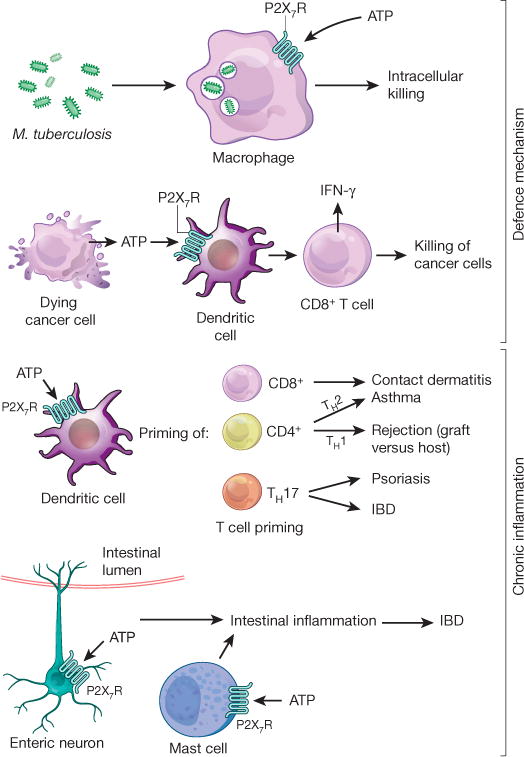Figure 3. P2X7R signalling during infection and inflammation.

P2X7R is required for mounting an appropriate inflammatory response to defend against invading pathogens, for example during intracellular killing of Mycobacterium tuberculosis by macrophages. Dying tumour cells release ATP, which activates P2X7R expressed on DCs, which in turn promotes the priming of IFN-γ-producing cytotoxic CD8+ T cells that kill cancer cells. On the other hand, P2X7R signalling on DCs and concomitant T-cell priming contributes to allergic disease states, such as CD8+ T-cell-elicited contact dermatitis. DC-mediated T-cell priming under the control of P2X7R signalling has also been shown to promote TH1 responses that are implicated in graft-versus-host disease, which contributes to the rejection of a transplanted organ. Similarly, P2X7R-mediated T-cell priming towards a TH2 response promotes allergic airway disease during asthma. Priming of TH17 cells is critical during psoriasis and contributes to intestinal inflammation as occurs during IBD. P2X7R signalling on enteric neurons or mast cells has been implicated in promoting intestinal inflammation during IBD.
